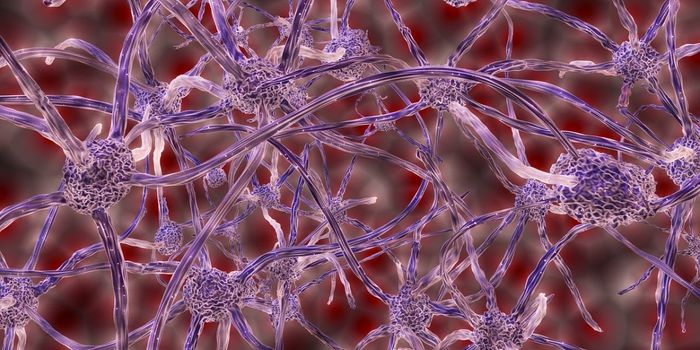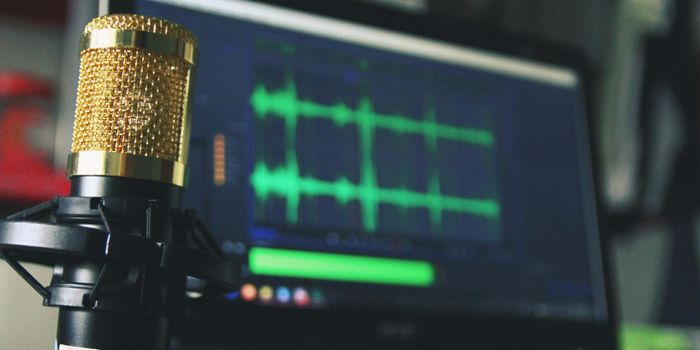The Art of the Smize: Study Shows Eyes are More Active in Smiling Behind a Mask
Mask wearing has become a part of our everyday lives. Something that we have all adapted to because of this is expressing our feelings with only half of our faces, specifically our eyes and eyebrows. Many have even joked that they’ve forgotten how to smile with their mouths.
We are facing a golden era of the “smize,” a term coined by Tyra Banks, which is the act of smiling with only your eyes. It’s a trick for models on the runway who need to keep a straight face but still express emotions with their eyes. People seem to be able to adapt their facial expressions in specific situations, especially when their job depends on your expressions (for example, those in customer service jobs). But do our facial expressions really change when wearing a mask versus not, or is the evidence just anecdotal?
A new study in Nature set out to answer this question, specifically studying the muscles that connect the smile to the eyes. When we smile, the muscles around our mouth are activated, but so are the muscles in our cheeks and eyes. They examined two muscles, the orbicularis oculi and the zygomaticus major, that are involved in smiling. The orbicularis oculi are located around the eyes, and the zygomaticus major extends from the cheekbones to the corners of the mouth.
Using electromyography (EMG), a procedure to measure the activity of muscles, they analyzed the muscles of twenty female participants under different scenarios. The first scenario was smiling for a photo, the second was smiling widely, the third was reading aloud, and the fourth was regular talking. These experiments were done either with or without a face mask.
From the data, they found a statistically significant increase in the activation of the orbicularis oculi when smiling with a mask versus without. There wasn’t an increase in the activation of the zygomaticus major, which means that there is more eye movement involved when smiling with a mask. Increased eye movement seems only to be contained to expressions because the orbicularis oculi did not activate more when reading or talking.
Finally, there was only an increase in eye movement when smiling for a photo, implying that the perception of emotion is also important. When people need to express their emotions for others while wearing a mask, they compensate with their eyes.
This last conclusion is still subject to criticism since the perception of the expressions was not studied. It’s possible that over-compensating with the eyes while smiling isn’t perceived as smiling. The study was also limited to Japanese women, where masks have been part of the country’s culture for a long time. Further studies would require more subjects of different genders interacting with one another so that the perception of emotions could also be studied.
In the meantime, maybe we can take a tip from the book of models: if you need to express an emotion, say it with your eyes.
Sources: Nature, Wall Street Journal, Japan Times








